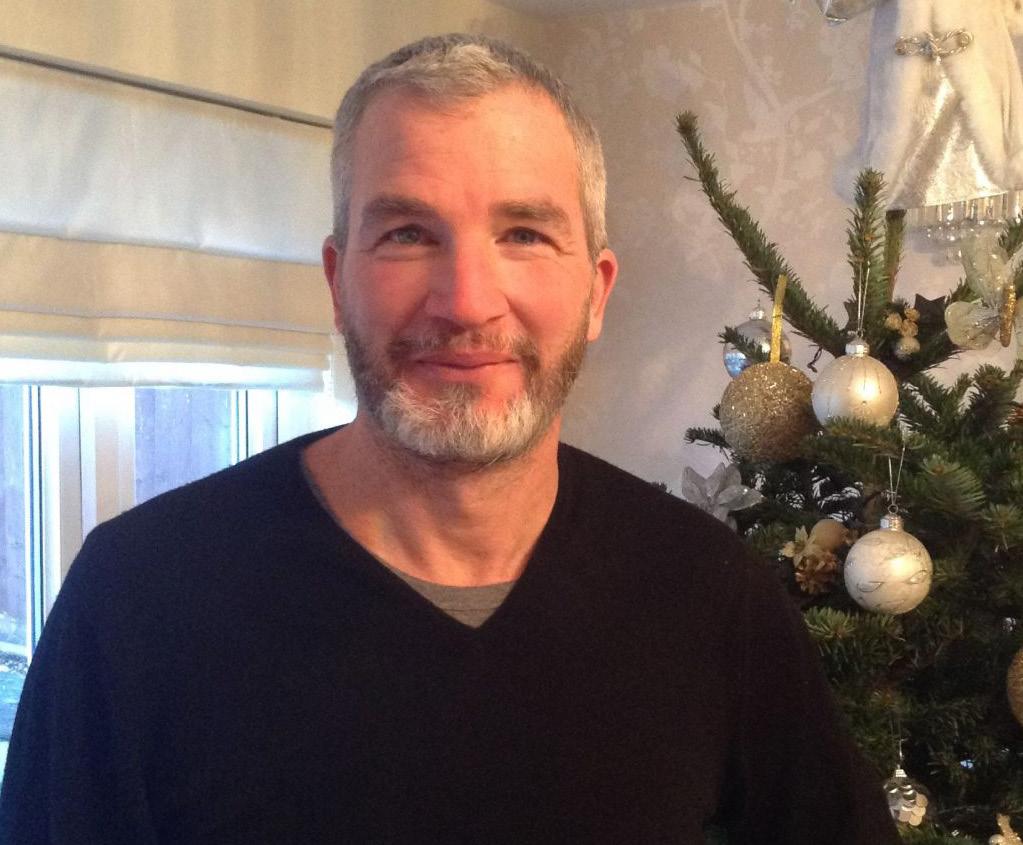Celebrating 60 Years of the Implantable Permanent Pacemaker Introduction
One of the great innovations in the past 60 years has been the permanent implantable pacemaker. A spectrum of cardiac devices has been developed from pacing technology. Pacemakers were the first, active, implantable device in the human body (Arzuaga 2014). The invention of the pacemaker has had a significant impact on quality and longevity of life. Pacing treats bradycardias that often present with loss of consciousness. The pacemaker sends an electrical impulse to the cardiac muscle to contract when the pacemaker senses a drop or slowing in the heart beat. This article will look at a brief history of cardiac pacing.
uncomfortable electrical stimulus. A large, external box housed batteries and circuitry. The box needed to be plugged in to work and was cumbersome. Parallel to developing the full, external pacing system, there was another advance which impacted on the urgent need to develop pacing. In the 1950’s, there was an explosion in childrens heart surgery, which often resulted in the need for pacing. A solution was needed to the cumbersome, external pacing system. It was against this backdrop, Aarne Larsen became the first person to have an internal, permanent pacemaker implanted in 1958.
History of cardiac pacing
The history of pacing begins in the 1700’s with the early work by scientist like Galvini who discovered electrical energy caused muscles to move, Volta who discovered metal conducted electricity, Faraday who pioneered electrochemistry and the electrode and Einthoven in the 1800’s invented the prototype for taking modern ECG’s (heart tracing). By 1932 Hyman had built the first “artificial pacemaker”. This used external electrodes and electricity to “resuscitate” the stopped heart. In the early 1950’s, Zoll developed the first full, external pacing system. This could pace the heart on a regular basis. It was attached to the patient with external electrodes delivering
21
Aarne Larson
Aarne Larsen’s story is an amazing testimony to the history of pacing. Mr Larson was in his 30’s, having, almost, daily black outs. His wife researched and heard about new developments in pacing. Mrs













